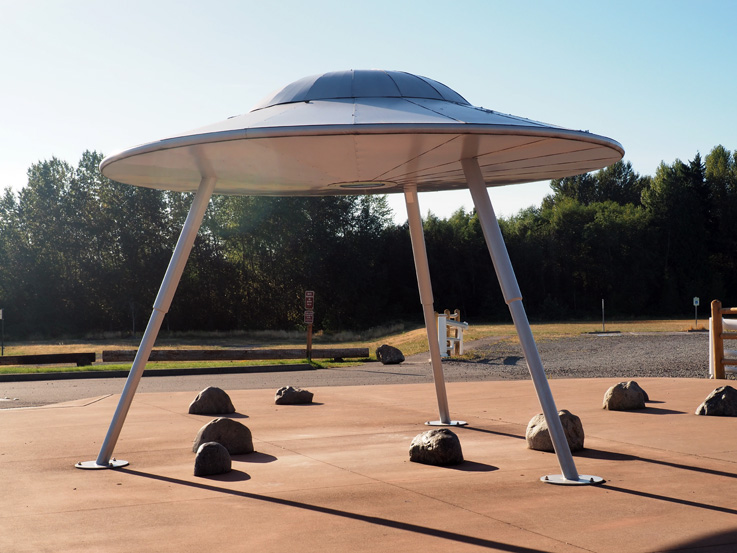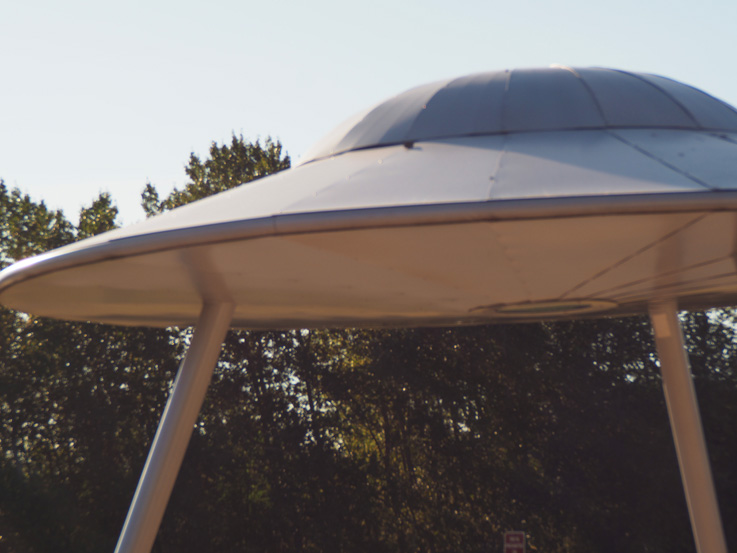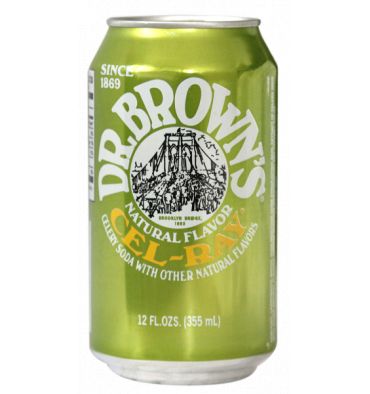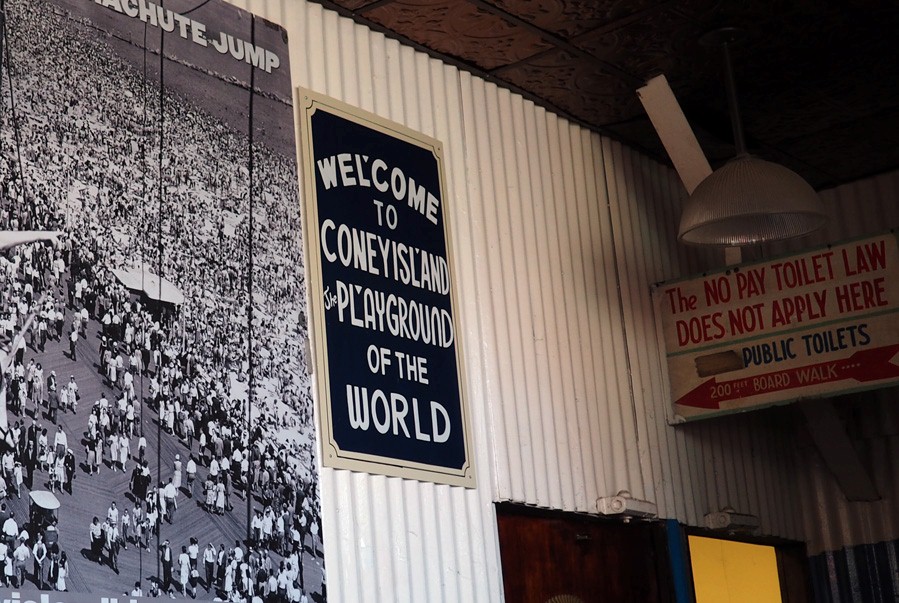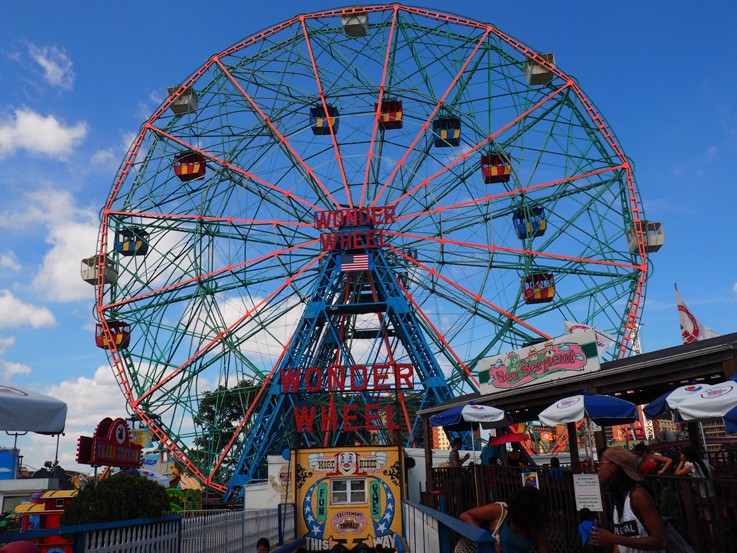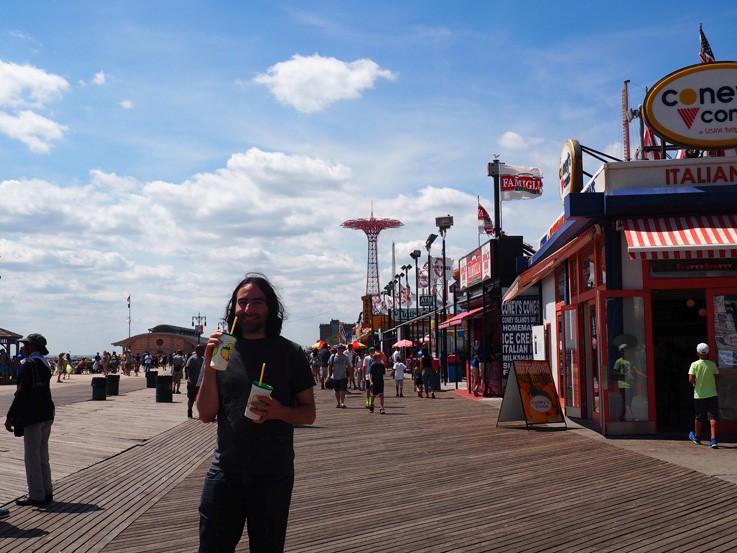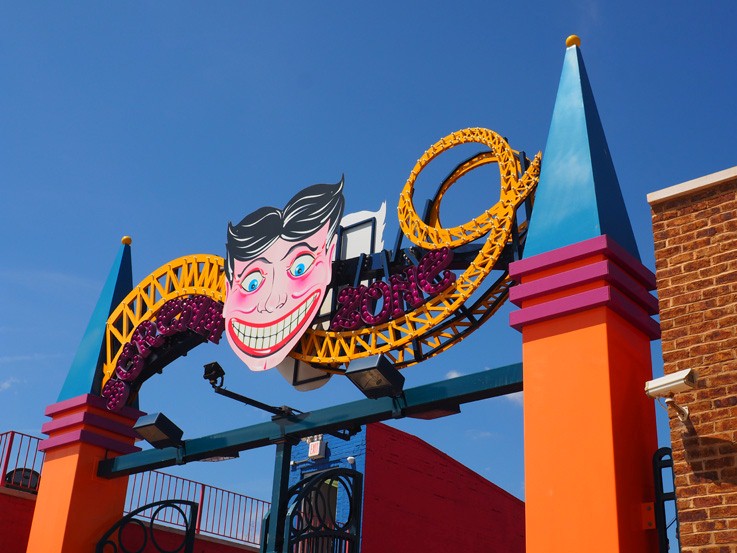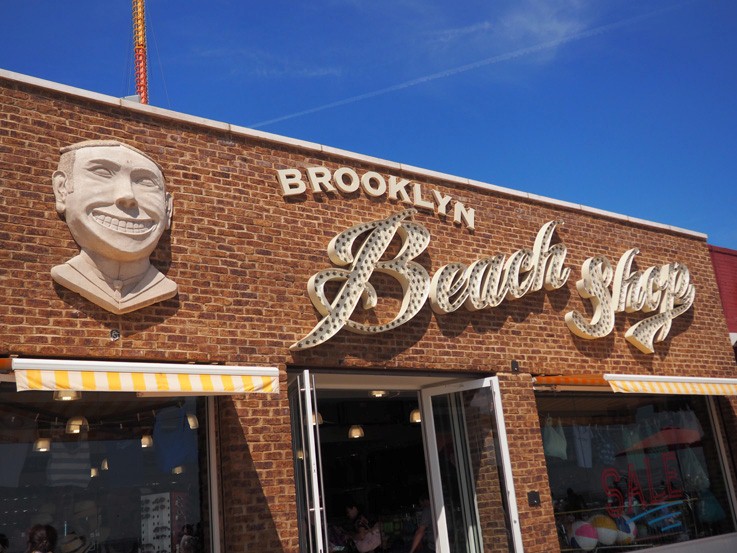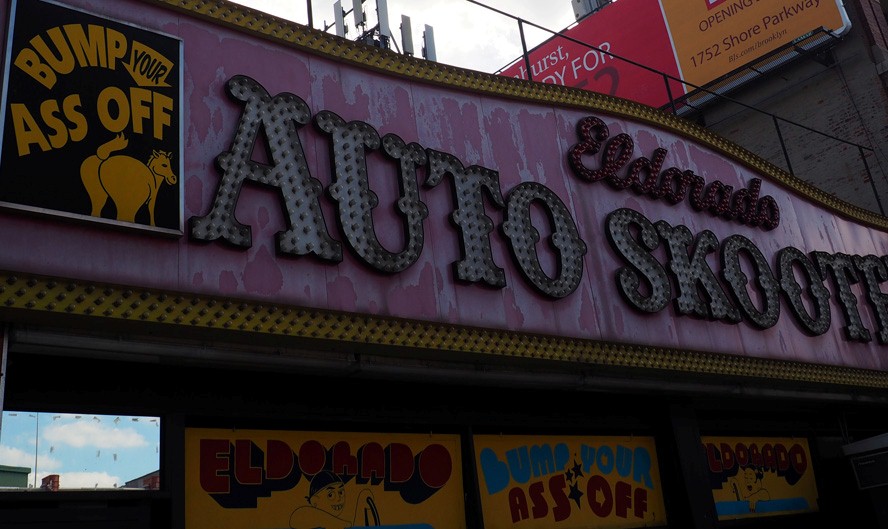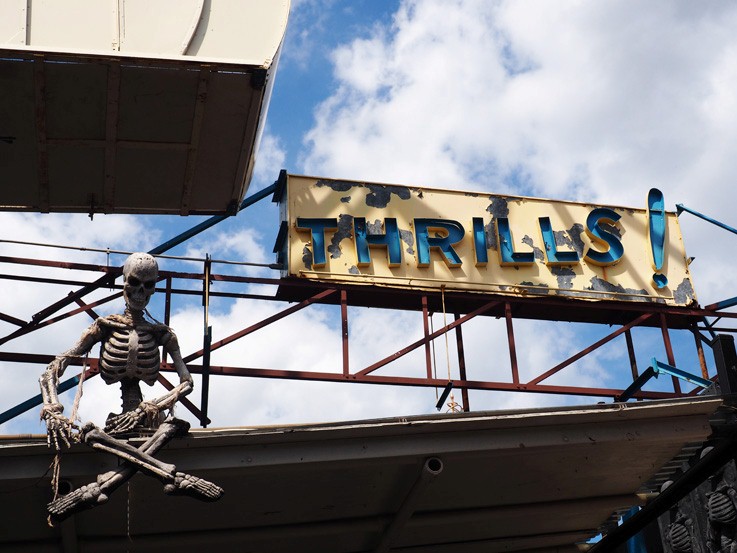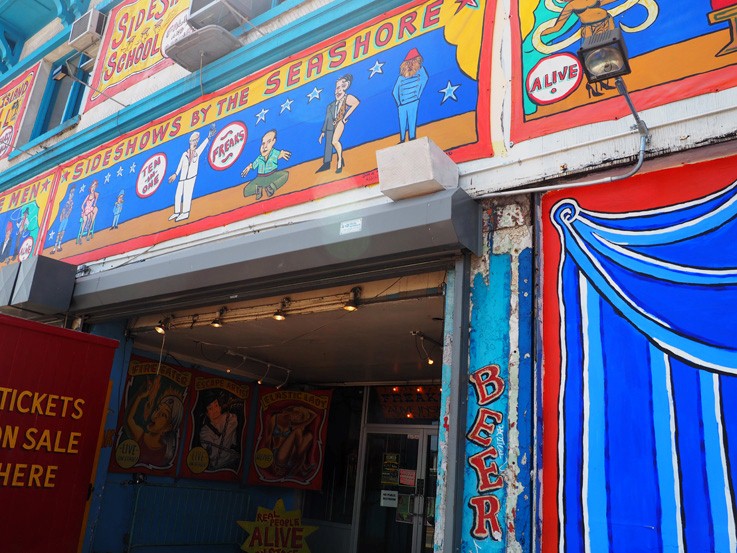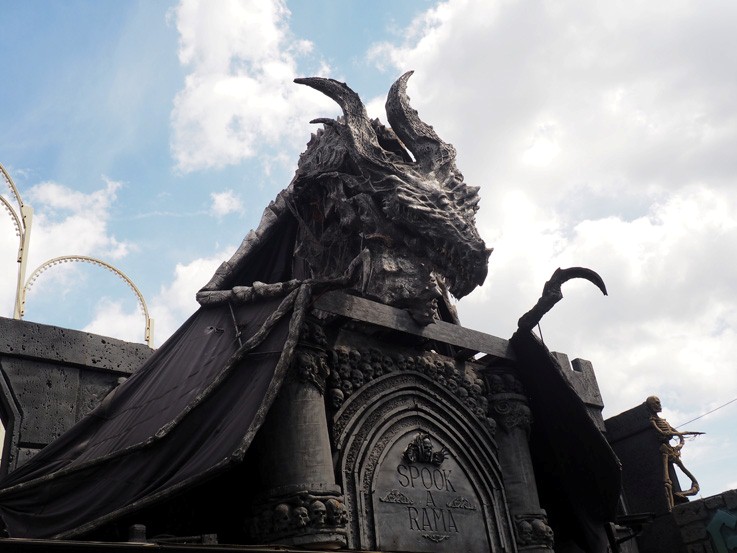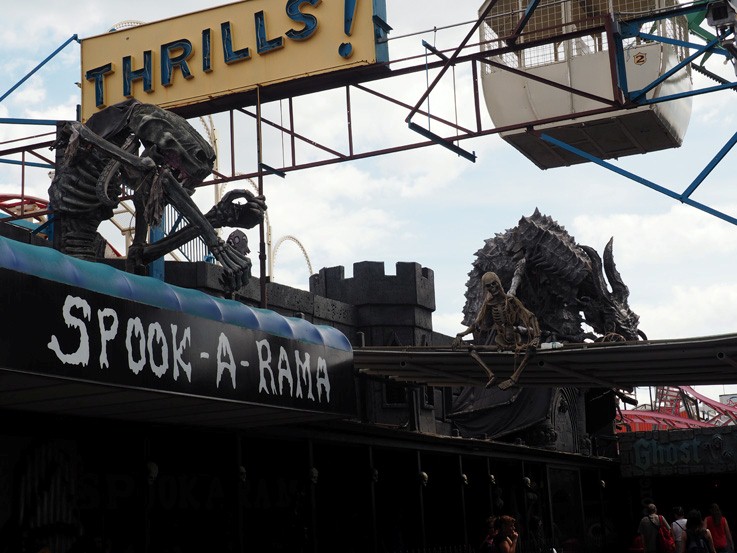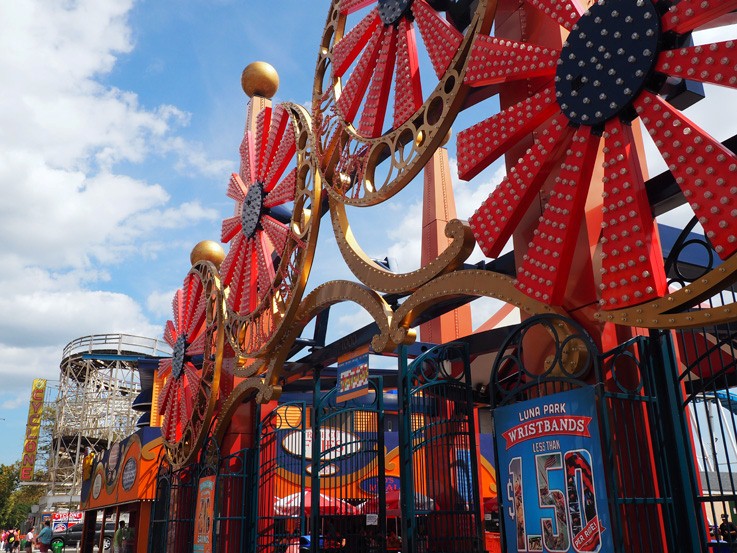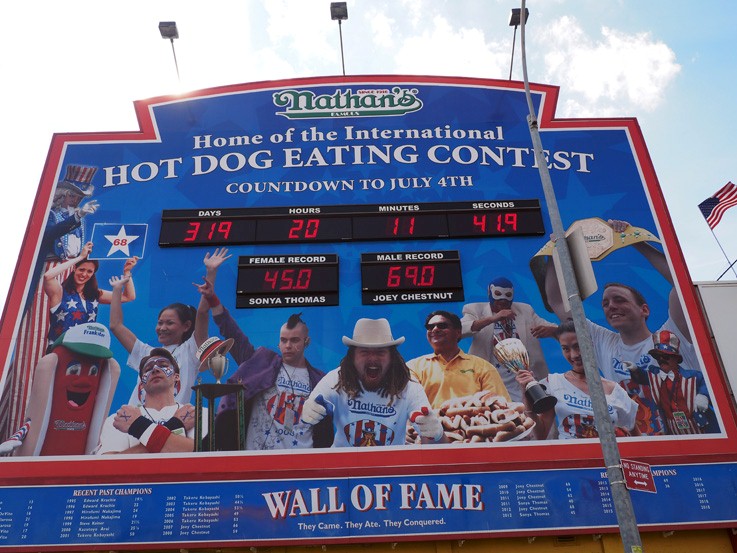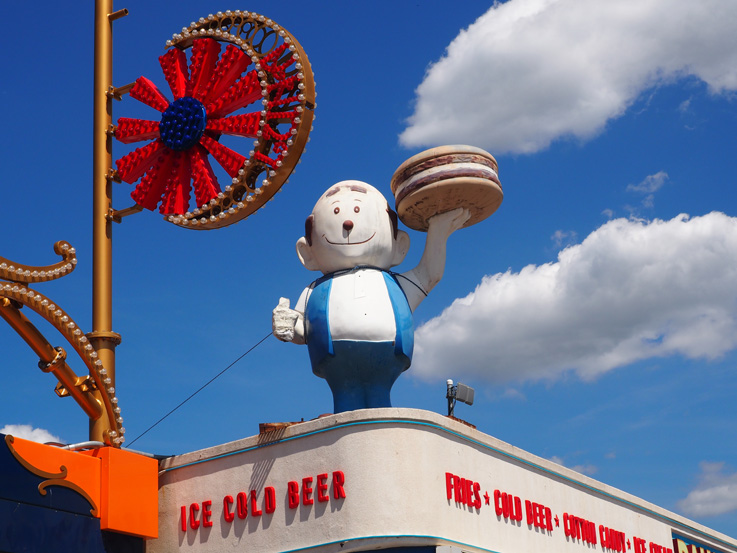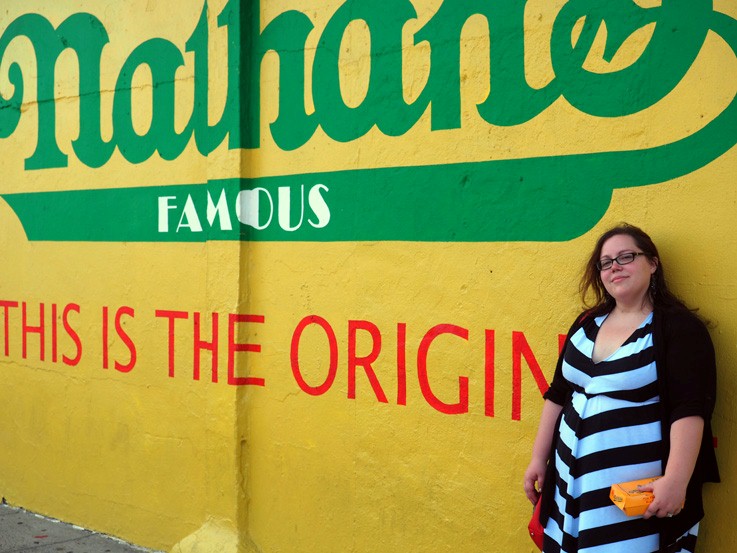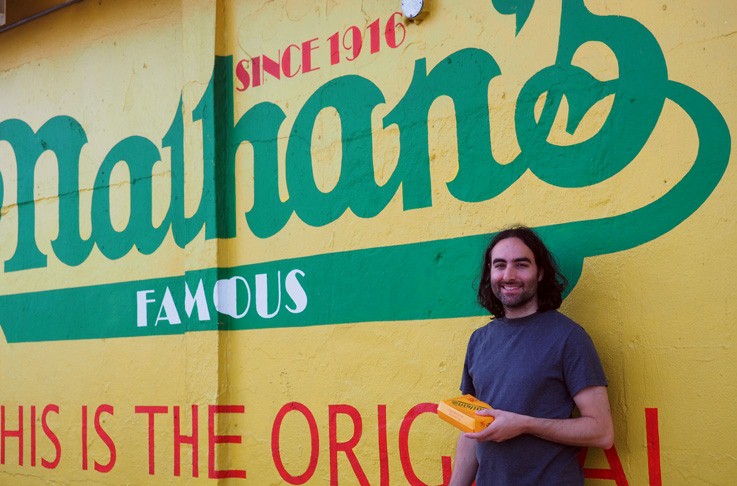I’d been yearning over the glass diana lens for digital cameras for a while, so recently I sucked it up and bought an adaptor as well as the lens and tried it out at the UFO. I can’t decide if I think the results are just plain crappy, or crappy in an endearing Plan 9 From Outer Space way.
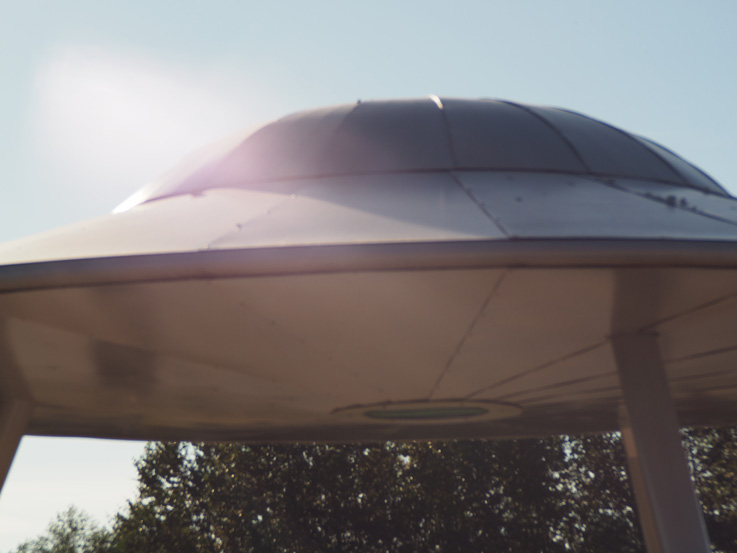 …that I didn’t spend $200 to take pictures that look like this.
…that I didn’t spend $200 to take pictures that look like this.
Landing Zone is an art installation at Paine Field Community Park, meant as a humorous spin on flight given its location adjacent to the airport. In 2010, it was selected for the Public Art Year in Review, which recognizes 40 of the year’s best public art works in the United States and Canada. But is that all it is? An art installation near a playground with a tongue-in-cheek reference that you can use for shade or a humorous photo backdrop? While looking for more information on Landing Zone, I discovered that Everett is a hotbed of UFO sightings, some of which are being reported from 85 years in the future.
I was letting my dog back in from being outside. And i noticed a white flash while the object? was moving to the right of my house. It flashed every 5 seconds. And it’s wasn’t flashing any other colors. It was bright enough that i could see it in the clouds. The flashes where not triangle or squared shaped. it seemed to be a bit roundish, Curved a little bit. The Object made no sound what so ever. I was only able to watch it for about 1 minute. It also moved slowly.
Was standing in my back yard watching for meteors when a bright light appeared directly overhead. The object did not move it just expanded in size approximately 2-3 times, increased light intensity to super bright, brighter than the super moon that was in the southeast sky, then suddenly disappeared. It was the strangest thing I have ever witnessed.
Spooky! 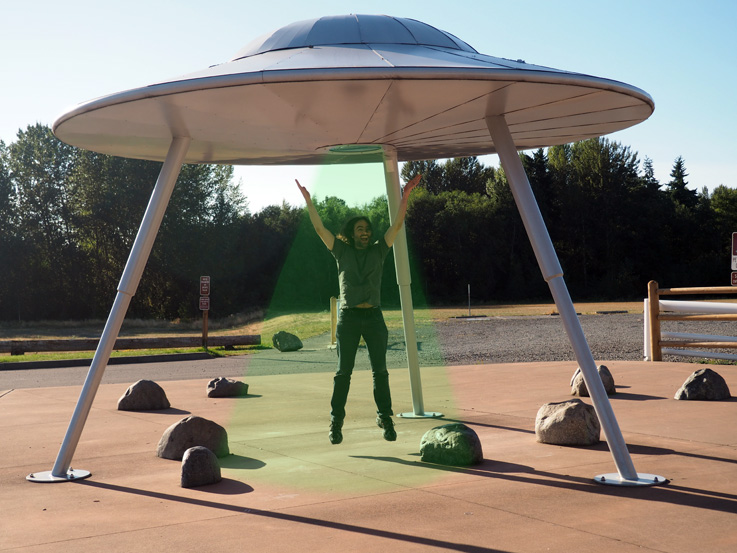 Spotted on Beverly Park Road in Everett, WA
Spotted on Beverly Park Road in Everett, WA

